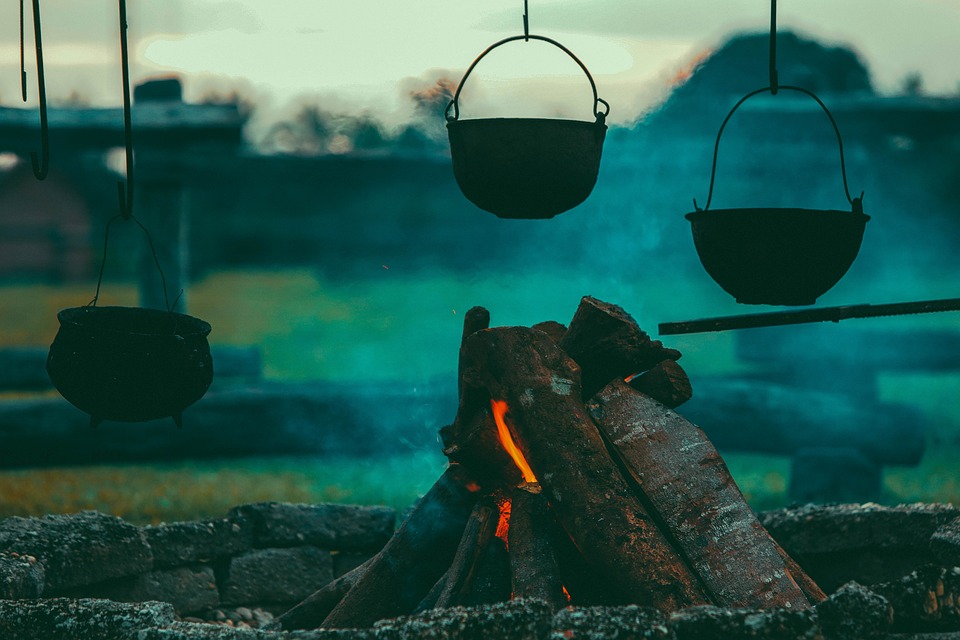Table of Contents
Introduction
Camping is a popular recreational activity enjoyed by outdoor enthusiasts around the world. It provides an opportunity to connect with nature, unwind, and create lasting memories. However, beneath the serene beauty of the great outdoors, there are hidden dangers that every camper should be aware of. Understanding these risks and taking necessary precautions can ensure a safe and enjoyable camping experience. In this article, we will explore some of the hidden dangers of camping that every outdoor enthusiast should know.
1. Wildlife Encounters
When venturing into the wilderness, campers may come face to face with various forms of wildlife. While these encounters can be thrilling, it’s important to remember that wild animals are unpredictable. Be cautious of their territory, never feed or approach them, and store food securely to avoid attracting unwanted guests. Familiarize yourself with local wildlife habits and learn how to respond in case of an encounter.
2. Weather Hazards
Weather conditions can quickly change when camping, and extreme weather poses a significant risk. Thunderstorms, high winds, and heavy rain can not only dampen the camping experience but also lead to potential dangers like lightning strikes, falling trees, or flash floods. Stay informed about the weather forecast, be prepared with appropriate gear, and have an emergency plan in case severe weather strikes.
3. Campfire Safety
A campfire is often a centerpiece of camping, providing warmth, light, and a place to gather. However, it can also be a source of danger if not managed properly. Unattended or poorly controlled fires can quickly spread, endangering campers and the surrounding environment. Always follow local regulations, keep the fire small and contained, never leave it unattended, and fully extinguish it before leaving the campsite.
4. Food Storage
Food is not only essential for campers but also a potential attractant for wildlife. Improper food storage can lead to unwanted animal encounters and increase the risk of injuries or property damage. Use bear-resistant containers or hang food from a sturdy tree branch away from your sleeping area. Keep your campsite clean and dispose of garbage properly to avoid attracting animals.
5. Poisonous Plants and Insects
While surrounded by the beauty of nature, campers should be aware of potential dangers like poisonous plants and insects. Poison ivy, oak, and sumac can cause severe allergic reactions, while venomous spiders, ticks, and mosquitoes can transmit diseases. Familiarize yourself with local flora and fauna, wear appropriate clothing, use insect repellents, and check for ticks regularly to minimize these risks.
6. Navigation Challenges
Exploring new trails and venturing off the beaten path can be exciting, but it also presents navigation challenges. Getting lost in an unfamiliar terrain can be dangerous and lead to panic or accidents. Always carry a detailed map, compass, and/or a GPS device. Familiarize yourself with the route beforehand, inform someone about your plans, and stick to well-marked trails to avoid getting disoriented.
FAQs
Q: How can I prevent wildlife encounters while camping?
A: To minimize wildlife encounters, store food securely, keep a clean campsite, and avoid approaching or feeding wild animals. Educate yourself about the local wildlife and their habits, make noise while hiking to alert them of your presence, and use bear-resistant containers for food storage.
Q: What should I do in case of a lightning storm?
A: Seek shelter in a sturdy building or a hard-topped vehicle if available. If no shelter is nearby, find lower ground away from tall trees or objects. Avoid open spaces, high elevations, and bodies of water. If you are caught in an open area, crouch down with your feet together, minimize contact with the ground, and wait for the storm to pass.
Q: How do I identify poisonous plants?
A: Poisonous plants vary based on the region, but common ones include poison ivy, poison oak, and poison sumac. Educate yourself about the appearance of these plants, which usually have three leaves, and try to avoid touching them. If you come into contact, wash the affected area with soap and water as soon as possible.
Q: What safety precautions should I take while hiking?
A: While hiking, wear appropriate footwear and clothing, carry essential supplies, stay hydrated, and inform someone about your route and estimated return time. Stick to marked trails, follow any posted warnings or regulations, and be cautious of slippery or uneven terrain. Carry a first aid kit and know basic wilderness first aid in case of injuries.
Q: How can I prevent insect bites and tick-borne diseases?
A: Wear long sleeves, pants, and socks to minimize skin exposure. Apply insect repellents containing DEET or picaridin to exposed skin and clothing. Avoid areas with high insect activity, such as stagnant water or dense vegetation. After returning from outdoor activities, thoroughly check for ticks and promptly remove them using tweezers.




